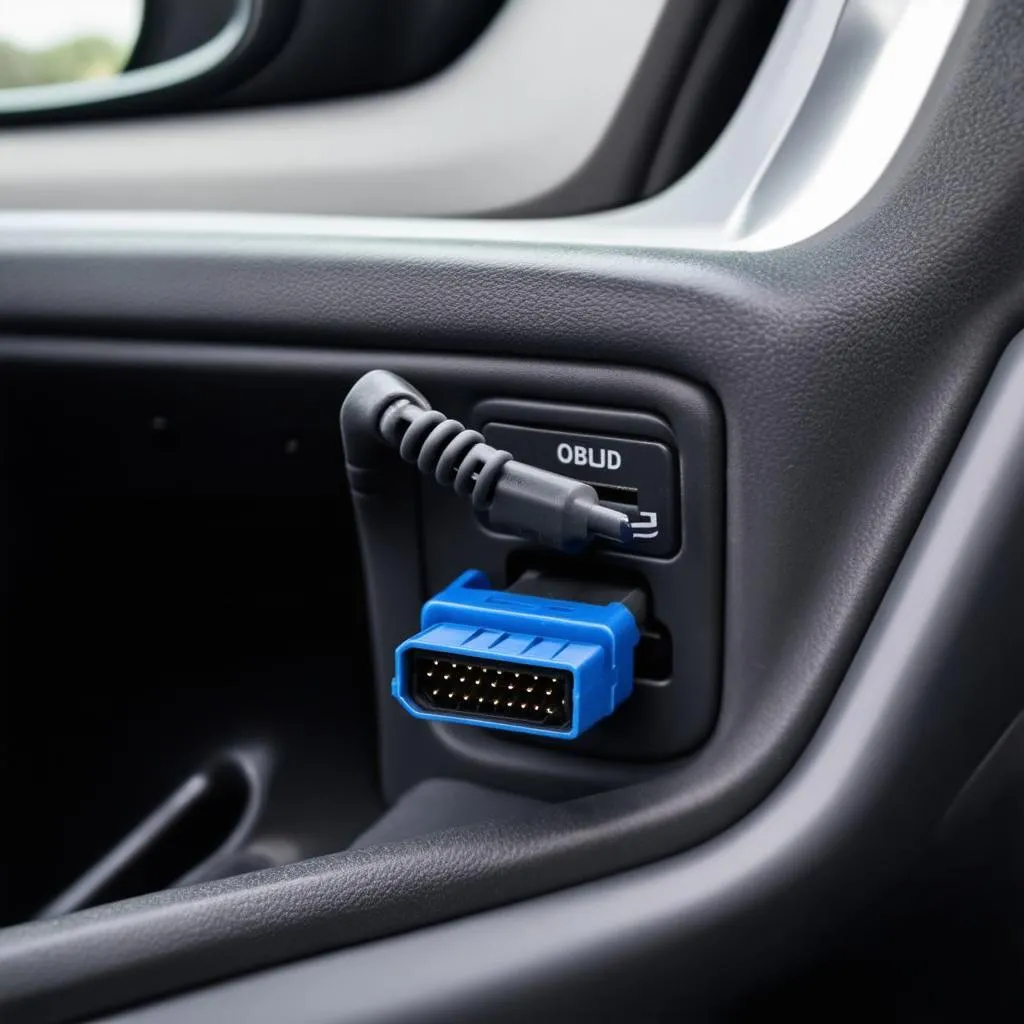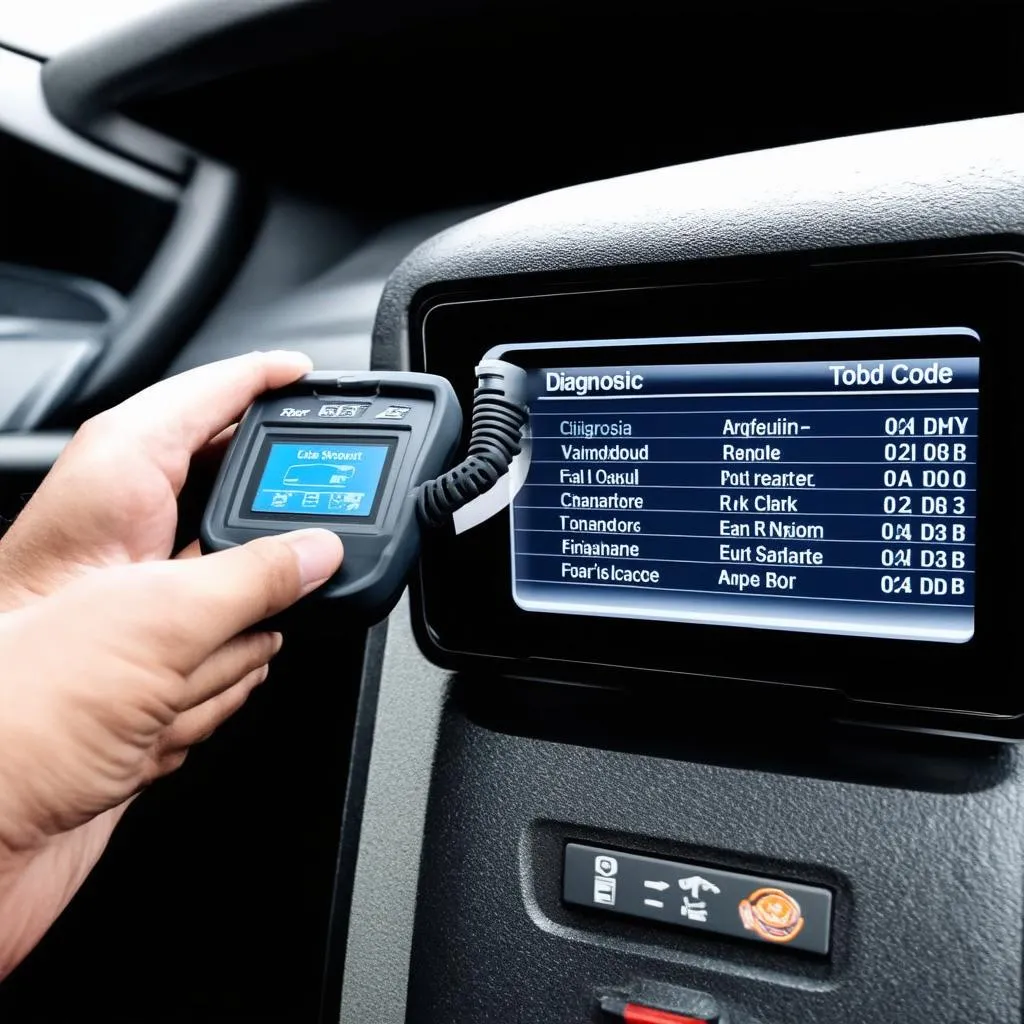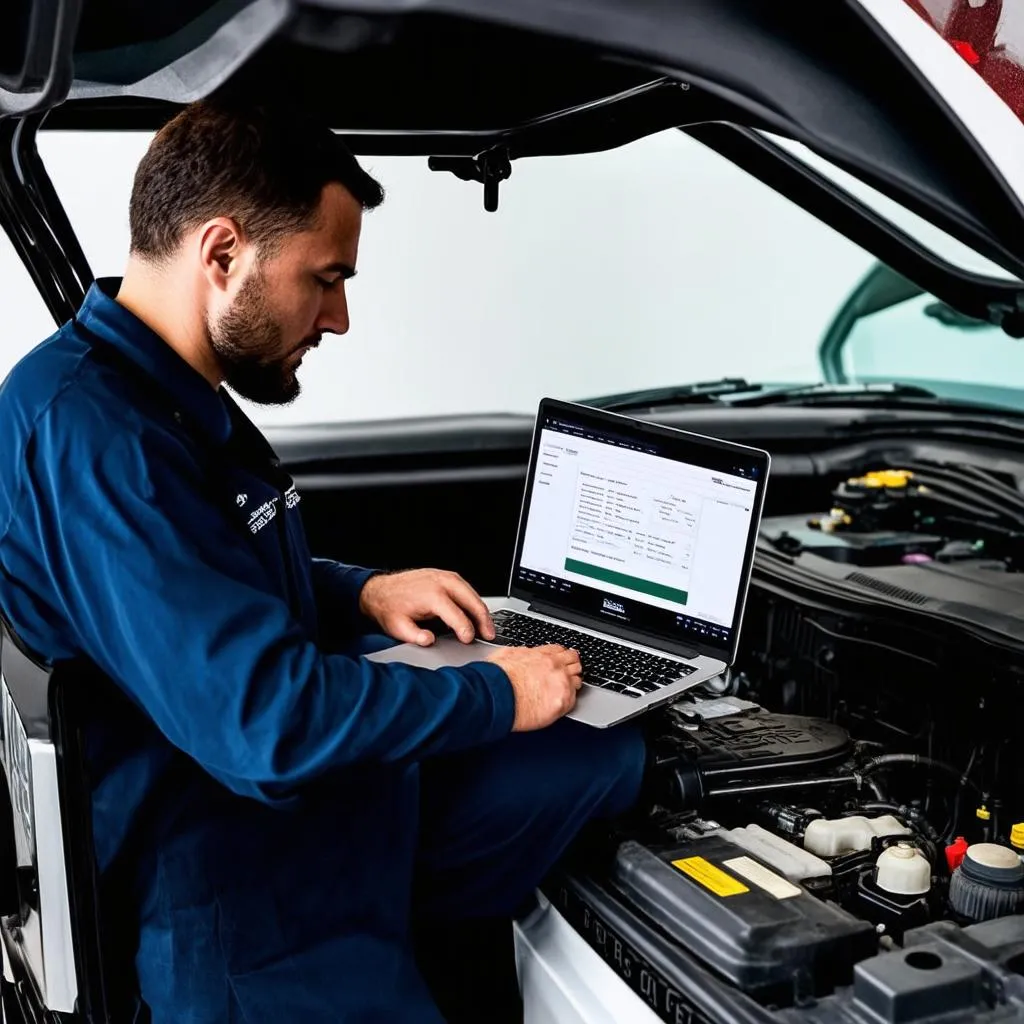Have you ever wondered about the mysterious codes that pop up on your car’s dashboard? Do you want to understand what’s going on under the hood, beyond just checking the oil? If so, then you’re probably curious about OBD 1 and OBD 2.
These acronyms stand for On-Board Diagnostics, and they are essentially the language your car uses to communicate with you about its health. They are like tiny whispers from the car’s soul, telling you what’s going right and what needs attention.
What is OBD 1 and OBD 2?
The Evolution of Automotive Diagnostics
OBD 1 and OBD 2 are two generations of diagnostic systems used in vehicles. They are like the evolution of language: OBD 1 was the old, simpler version, while OBD 2 is the more sophisticated, modern language that most vehicles speak today.
OBD 1 was introduced in 1988 by the California Air Resources Board (CARB) to monitor the emissions of vehicles. Think of it as a basic health check-up. It’s like that old family doctor who just looked at your tongue and felt your pulse.
OBD 2, on the other hand, is a much more detailed and advanced system. Introduced in 1996 by the Environmental Protection Agency (EPA), it provides more comprehensive information about the vehicle’s health. It’s like a fancy new doctor with advanced technology, who can perform detailed scans and give you a personalized report.
OBD 1: The Early Days
OBD 1 was a simple diagnostic system with limited capabilities. It mainly focused on emissions-related issues. Think of it as a basic health check-up. It’s like that old family doctor who just looked at your tongue and felt your pulse.
Some of the key features of OBD 1:
- Limited data transmission
- Use of proprietary protocols
- Focus on emissions-related issues
- Less standardized across different manufacturers
OBD 2: The Modern Era
OBD 2 is the standardized language that most modern cars speak. It provides a much wider range of information and is much more user-friendly. Imagine it as a fancy new doctor with advanced technology, who can perform detailed scans and give you a personalized report.
Here are some of the key features of OBD 2:
- Standard data transmission protocol (SAE J1962)
- Provides a wealth of information about the vehicle’s health
- Allows for more advanced diagnostic tools and applications
- Standardized across different manufacturers
OBD 1 vs OBD 2: Key Differences
Diagnostic Data
One of the biggest differences between OBD 1 and OBD 2 is the amount of diagnostic data they provide. OBD 1 only provides basic information about the vehicle’s emissions, while OBD 2 provides a much more comprehensive picture of the vehicle’s health.
Protocols and Standards
OBD 1 used proprietary protocols that varied from manufacturer to manufacturer. This made it difficult for mechanics to diagnose vehicles from different manufacturers. OBD 2, on the other hand, uses a standardized protocol (SAE J1962), allowing for universal compatibility.
Connectivity
OBD 1 typically used a serial communication protocol (like RS-232) for data transmission. OBD 2, however, utilizes the more advanced Controller Area Network (CAN) protocol, which is faster and more efficient.
Emission Monitoring
OBD 1 focused primarily on emissions-related issues, while OBD 2 monitors a wider range of vehicle systems, including engine performance, transmission, brakes, and more.
OBD 1 and OBD 2: How They Work
The OBD System: A Bridge Between Your Car and You
Think of the OBD system as a bridge between your car and you. It allows you to communicate with your car, understand what’s going on inside, and potentially address any problems before they become major issues.
Diagnostic Trouble Codes (DTCs)
The heart of OBD lies in “Diagnostic Trouble Codes” (DTCs). These codes are like secret messages from your car, hinting at what’s going on inside. A mechanic or a diagnostic tool can interpret these codes to pinpoint the issue.
What are Diagnostic Trouble Codes?
Diagnostic Trouble Codes (DTCs) are numeric codes that are stored in your vehicle’s computer (ECU) to indicate a potential problem. They are similar to a car’s check engine light, but provide more specific information about the issue.
Here’s a breakdown of how OBD works:
- Sensors Monitor: Your car’s sensors constantly monitor various systems, such as engine temperature, fuel pressure, and oxygen levels.
- Data Analysis: The data collected by the sensors is processed by the vehicle’s computer (ECU).
- DTCs are Set: If the ECU detects an issue, a Diagnostic Trouble Code (DTC) is set.
- Malfunction Indicator Light (MIL): The MIL (Check Engine Light) illuminates on the dashboard to alert the driver of a potential problem.
- Read the Code: A mechanic or a diagnostic tool can read the DTC and use it to identify the root cause of the issue.
What is an OBD Scanner?
A Bridge to Your Car’s Secrets
An OBD scanner is a tool that allows you to connect to your car’s OBD port and read the diagnostic trouble codes (DTCs). It’s like a translator for your car, helping you understand what it’s trying to say.
What Can an OBD Scanner Do?
An OBD scanner can do a lot more than just read the codes. It can also:
- Monitor live data from various sensors
- Clear DTCs after a repair
- Help you perform basic maintenance tasks
- Provide information about your car’s performance
- Even unlock hidden features in your car, like turning off the “speed limiter” or customizing the dashboard display.
Where is the OBD Port Located?
Finding the Port: A Hidden Treasure
The OBD port is typically located under the dashboard, near the steering column. But, it can sometimes be found in different locations, depending on the vehicle model and year. The location of the OBD port is usually described in your car’s owner’s manual.
Some common OBD port locations:
- Under the dashboard, near the steering column
- Under the driver’s seat
- Inside the glove box
- Behind the radio
 OBD Port Location
OBD Port Location
OBD 1 vs OBD 2: Which One Does Your Car Have?
Finding Your Car’s Language
If you’re not sure whether your car has OBD 1 or OBD 2, here’s a simple way to figure it out:
- Year of Manufacture: If your car was manufactured before 1996, it likely has OBD 1. If it was manufactured after 1996, it likely has OBD 2.
- OBD Port: The OBD port for OBD 1 is usually a rectangular connector with 16 pins. The OBD 2 port is typically a rectangular connector with 16 pins, but it’s often marked with a “DLC” or “OBD” label.
Using an OBD Scanner: A Peek Inside Your Car
Tools for the Job: Choosing the Right OBD Scanner
There are many different types of OBD scanners available, ranging from basic models to more advanced tools.
- Basic Scanners: These scanners are simple and inexpensive. They can read and clear DTCs.
- Advanced Scanners: These scanners offer more features, such as live data monitoring, graphing, and special functions for specific vehicle models.
- Bluetooth Scanners: These scanners connect to your smartphone via Bluetooth, providing convenience and portability.
- Wi-Fi Scanners: These scanners connect to your smartphone via Wi-Fi, offering more advanced features and a larger range.
 OBD Scanner
OBD Scanner
OBD Scanning: A DIY Approach
Once you have an OBD scanner, connecting it to your car is easy. Simply plug the scanner into the OBD port and turn the ignition key to the “ON” position. The scanner will then start reading data from your car’s ECU.
OBD 1 and OBD 2: The Future of Automotive Diagnostics
Towards a More Connected Future
OBD technology is constantly evolving, becoming more sophisticated and integrated into our lives. With the rise of connected cars and the Internet of Things, OBD is poised to play an even bigger role in the future.
Here are some exciting developments in the OBD world:
- Smartphone Connectivity: OBD scanners can now connect to smartphones via Bluetooth or Wi-Fi, allowing for easy monitoring and diagnostics.
- Data Analytics: OBD data can be used for real-time data analysis, providing insights into driving habits, fuel efficiency, and potential problems.
- Predictive Maintenance: By analyzing OBD data, we can anticipate potential problems and schedule maintenance before they become major issues.
- Connected Car Features: OBD data can be used to unlock new features in connected cars, such as remote diagnostics, remote start, and personalized driving experiences.
Conclusion: Understanding Your Car’s Language
Understanding OBD 1 and OBD 2 can help you become a more informed car owner. With the right tools and knowledge, you can unlock a world of information about your car’s health and performance.
Have you ever used an OBD scanner? What are your experiences with OBD 1 and OBD 2? Share your insights in the comments below!
For expert assistance with OBD diagnostics or any other car-related issues, please don’t hesitate to contact us via Whatsapp: +84767531508. Our team of certified technicians is available 24/7 to help you with all your automotive needs.
 Car Mechanic
Car Mechanic